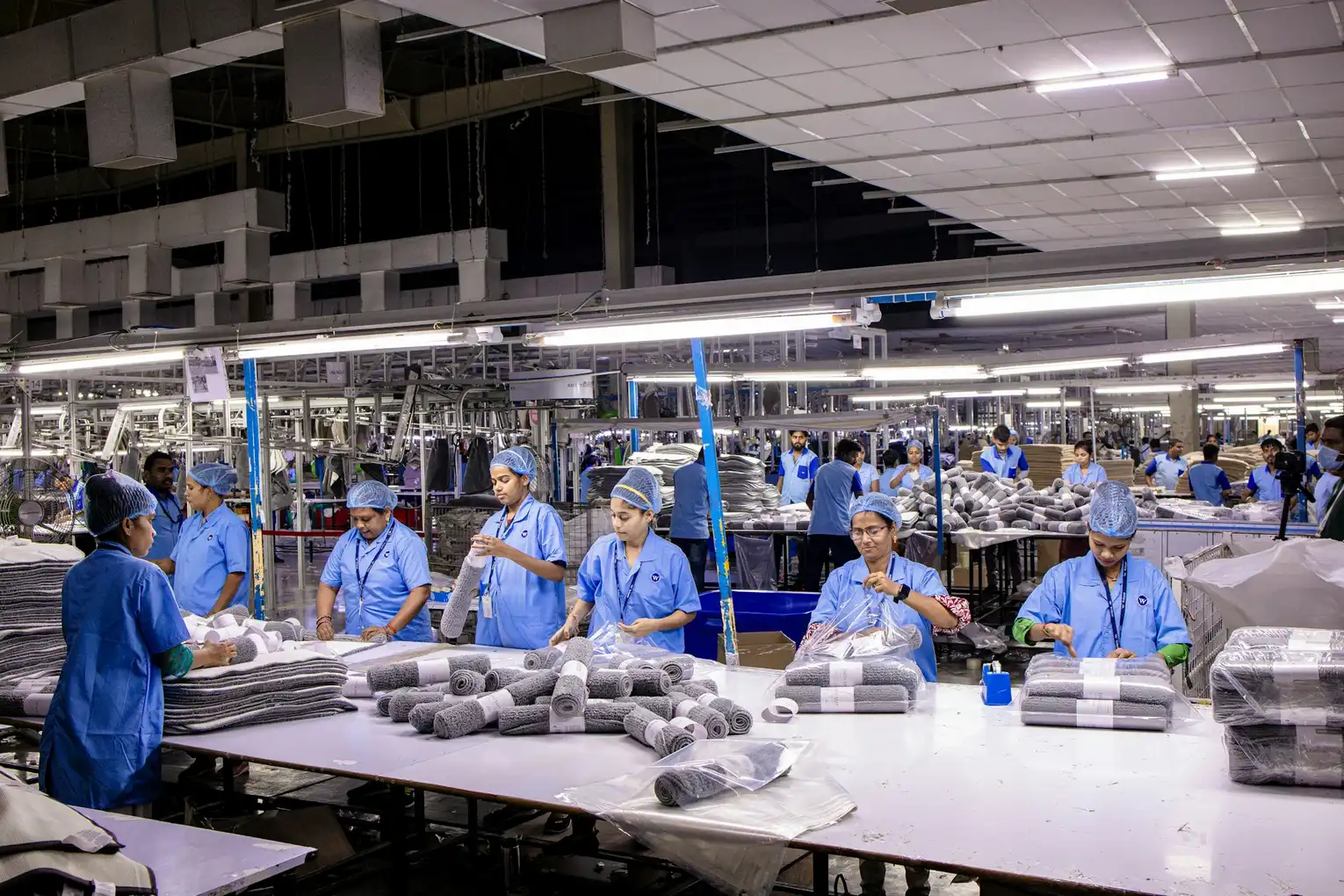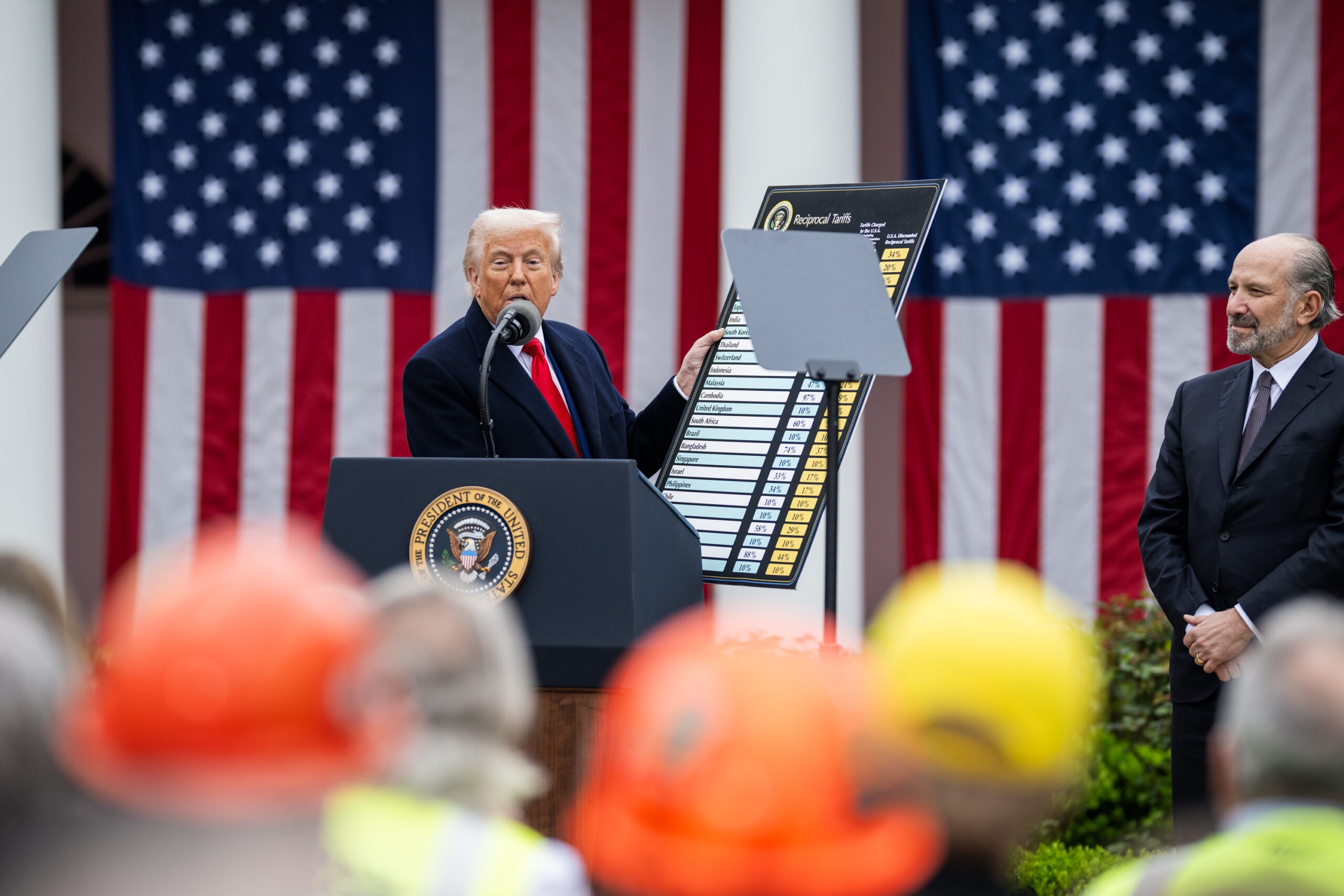The July Producer Price Index (PPI) report printed an eye-catching 0.9% month-over-month increase, the largest such increase recorded in the US economy since 2022.
It sends the year-over-year PPI up to 3.3% and core PPI (excluding food and energy) to 3.7%. The PPI is calculated by measuring the prices received by businesses and producers for goods, services, and construction sold for personal consumption, capital investment, government use, and export.
Being a leading, rather than a lagging indicator, the nearly 1% increase represents how businesses imagine they will by affected by future economic conditions. However, because the data has to be collected, sorted, calculated, and presented by the Bureau of Labor Statistics, the PPI is a leading indicator—from a month prior. And what might have been the future conditions that producers in July expected to face?
Tariffs emerge as the only reasonable explanation, and indeed many analysts and funds are now working in an environment where businesses importing goods from countries under new import taxes must find some way to sustain their bottom lines with this added expense.
“The 0.9% PPI increase represents more than just a statistical anomaly, it is a clear signal that Trump’s tariffs are beginning to show their inflationary impact on producers,” said Dr. George Economou, PhD in macroeconomics & finance at Democritus University of Thrace.
“The broad-based nature of the increase, the specific sectors most affected, and the timing all align with economic theory regarding tariff pass-through mechanisms. As businesses exhaust their ability to absorb higher costs, this producer-level inflation will inevitably translate into higher consumer prices, making the July PPI surge a critical inflection point in the tariff-inflation story”.
In April, WaL reviewed financial media in the attempt to find any working economist who believed Trump’s “Liberation Day” tariff policy of reciprocal duties worldwide would benefit the US economy.
“White House trade advisor Peter Navarro expects these tariffs to raise $600 billion annually,” writes economist Jonah Goldberg, Senior Fellow and Asness Chair in Applied Liberty at the American Enterprise Institute. “Nearly every serious economist across the ideological spectrum understands that American consumers would pay the bulk of that. Thus, if ‘successful,’ Trump would be imposing the largest, most regressive tax increase in history”.
As Economou outlined, there are limited ways companies can “pass” tariffs on, and very quickly “exhaust their ability” to find means for operating in the market without simply charging more from the consumer.
“General Motors absorbed $1 billion in tariffs in Q2 2025, Stellantis $350 million, and Nike expects to absorb $1 billion during the current fiscal year,” Economou told WaL in an email.
“This strategy is particularly effective in the short term when companies believe tariffs may be temporary or when preserving market position is paramount. However, this approach requires substantial financial capacity and can only be sustained for limited periods. Companies with strong balance sheets and cash reserves are better positioned to absorb costs temporarily, while smaller firms may quickly face liquidity constraints”.
“The interesting part about all these, is that we did not see a rise in CPI,” Economou continued. “This means that, for now, producers are able to hold prices (absorb costs) and not pass it to consumers. Yet, we have to think about lags in the pass-through mechanisms, meaning that the higher CPI might be observed even by October or November (a 3 to 6 months lag is quite acceptable and expectable).
Just as the PPI is a leading indicator, the CPI, or Consumer Price Index, is a lagging indicator, showing what the consumer is facing after the investment and production processes are complete.
“July’s PPI surge—driven by tariff-related cost pressures—confirms that inflationary forces remain robust beneath the surface of slowing economic growth,” writes Jim Nelson, certified financial advisor at Euro Pacific Asset Management. “A 0.9% monthly PPI rise signals mounting cost pressures for businesses. Over time, these are likely to translate into higher consumer prices, especially in categories such as home electronics or processed food”.
Economou too singles out processed food—an 11% rise in diesel prices as the culprit—as a significant area of price inflation.
Fuel for the Fed’s fire
The price inflation data seems to support what Federal Reserve Chair Jerome Powell has maintained since his record-setting interest rate hikes in 2021. Set for his final speech as Fed Chairmen in Jackson Hole, WY, this Friday, the PPI data offers a good platform on which to rebuff the spikey criticism offered to him and his policies of holding interest rates above 4% by President Trump, who has attacked him personally as well as professionally.
Nelson writes that large-cap US growth stocks operate in a climate of perpetual optimism about falling interest rates. Low interest-rate environments allow these companies to leverage their massive revenue streams and capital stores to borrow substantial sums of many to expand operations, but borrowing costs haven’t gone below 4% for 3 years.
Traders and investors will be looking at the PPI increase and position themselves in companies that maintain “pricing power,” or the ability to raise prices without fear of losing customers, for example because of their product’s indispensability.
“Market analysts expect Powell to maintain that ‘a moderately restrictive policy stance remains appropriate,’ a language that would signal resistance to both Trump’s demands and market expectations,” Economou told WaL. “The Fed wants to keep inflation as close to 2% as possible, meaning that right now they should actually increase interest rates. But then, GDP growth is under threat. A slowing economy can be reversed with lower interest rates”.
“On the other hand, President Trump wants to both support the stock market and lower the interest payments of the enormous national debt. This can be only done through lower rates”. WaL


